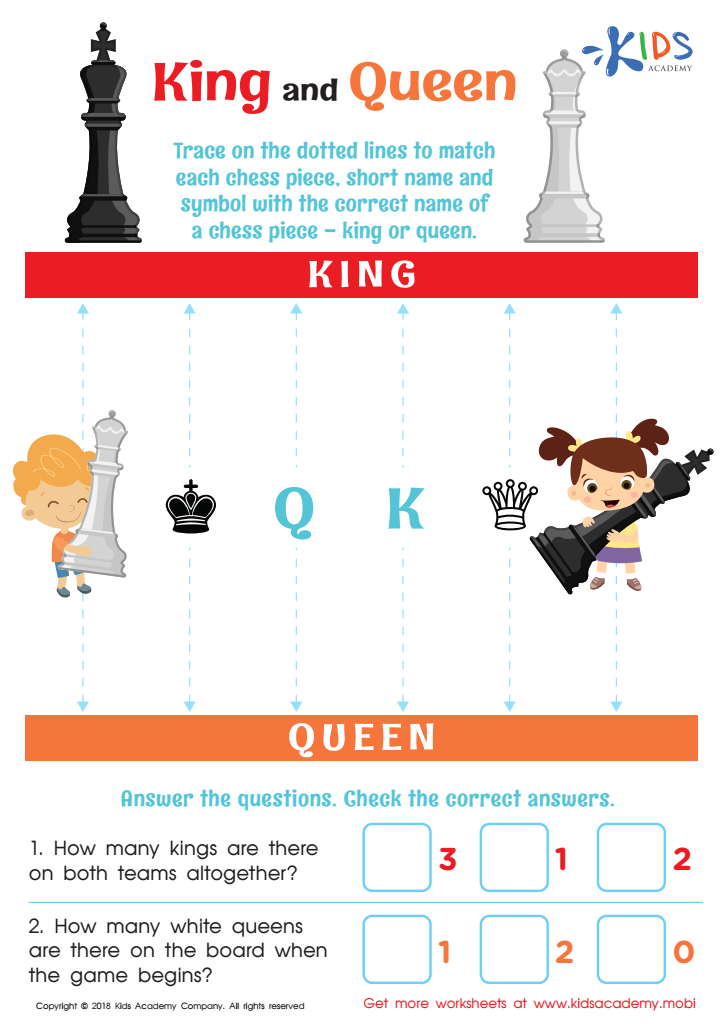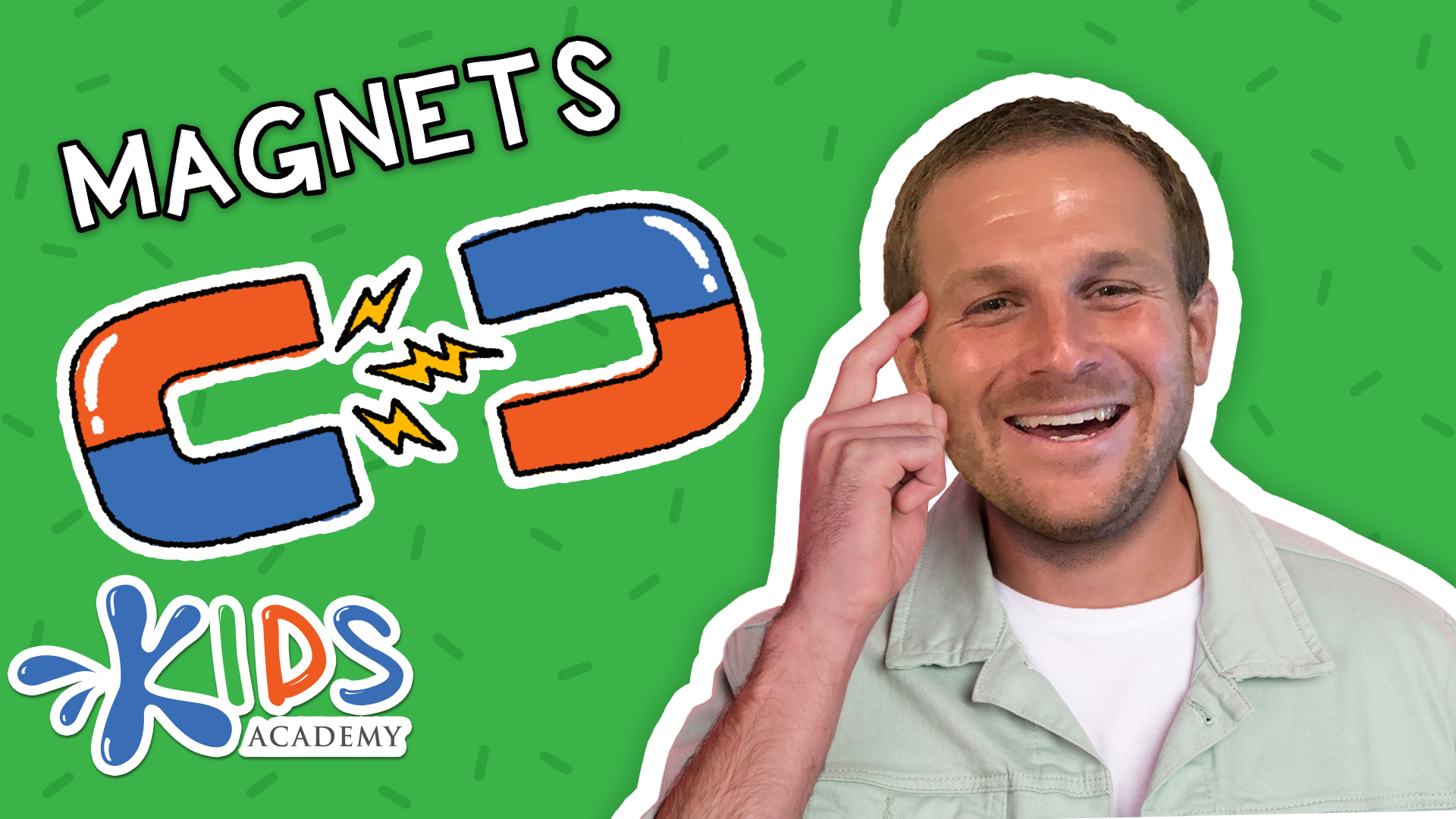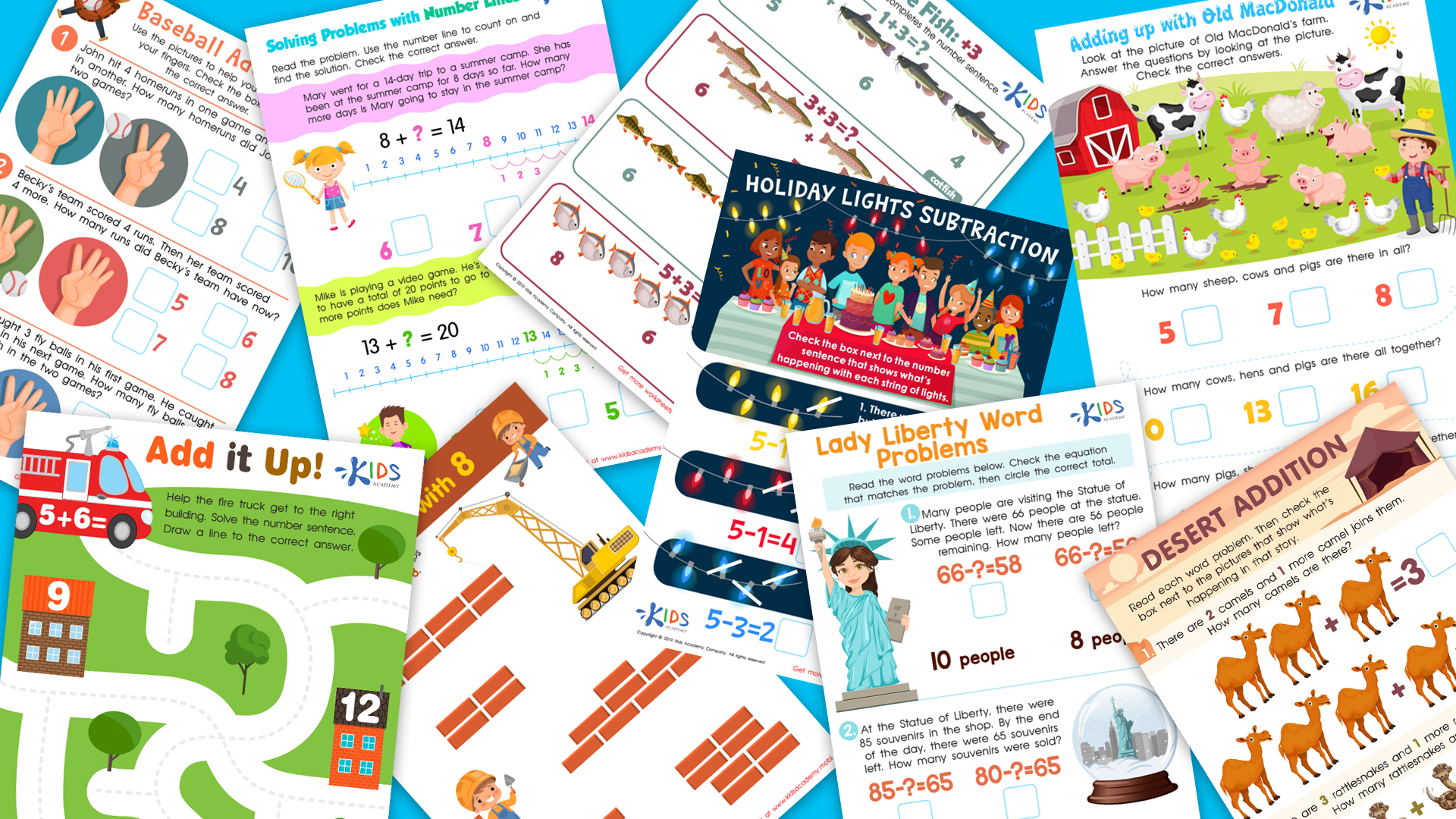Letter identification Normal Worksheets for Ages 4-8
4 filtered results
-
From - To
Discover our Letter Identification Normal Worksheets tailored for ages 4-8! These engaging printables are designed to help young learners recognize and distinguish letters of the alphabet, laying the foundation for essential reading skills. Our worksheets incorporate fun themes and interactive activities that keep children motivated while enhancing their letter recognition abilities. Each worksheet is age-appropriate and aligns with educational standards, making learning enjoyable and effective. Perfect for classroom use or at-home learning, our resources support diverse learning styles and can easily be tailored to fit individual needs. Start your child’s literacy journey with our vibrant and exciting letter identification worksheets today!


King and Queen Worksheet


Letter K Sounds Worksheet


Find Uppercase Letters P, Q, and R Worksheet


Can You Hear Me Worksheet
Letter identification is a crucial skill for children aged 4-8, as it forms the foundation for reading and writing. Parents and teachers should care about this developmental milestone because it directly impacts a child's literacy journey. Proficient letter identification helps children recognize the written symbols that represent sounds, paving the way for phonemic awareness and deciphering words.
When children can identify letters, they gain confidence, allowing them to engage more fully with reading materials. This engagement fosters a love for literacy, which is vital for academic success across all subjects. Additionally, mastery of letter identification helps children develop critical thinking skills and enhances their ability to communicate effectively.
Moreover, understanding the developmental appropriate benchmarks for letter identification ensures that parents and teachers can provide timely support. If a child struggles with this skill, early intervention can be implemented, potentially preventing future difficulties in reading and writing.
In essence, prioritizing letter identification lays the groundwork for a child's educational success, ultimately influencing their self-esteem, academic performance, and lifelong learning. Parents and teachers play an invaluable role in nurturing these skills, creating a supportive environment to foster literacy development.

 Assign to My Students
Assign to My Students
















